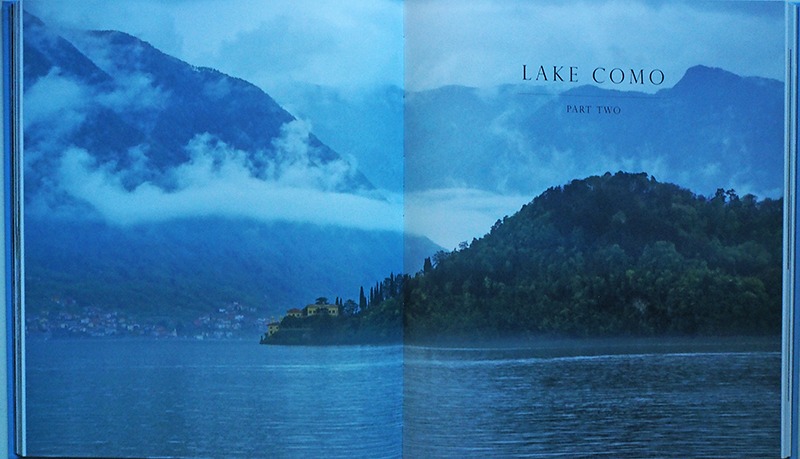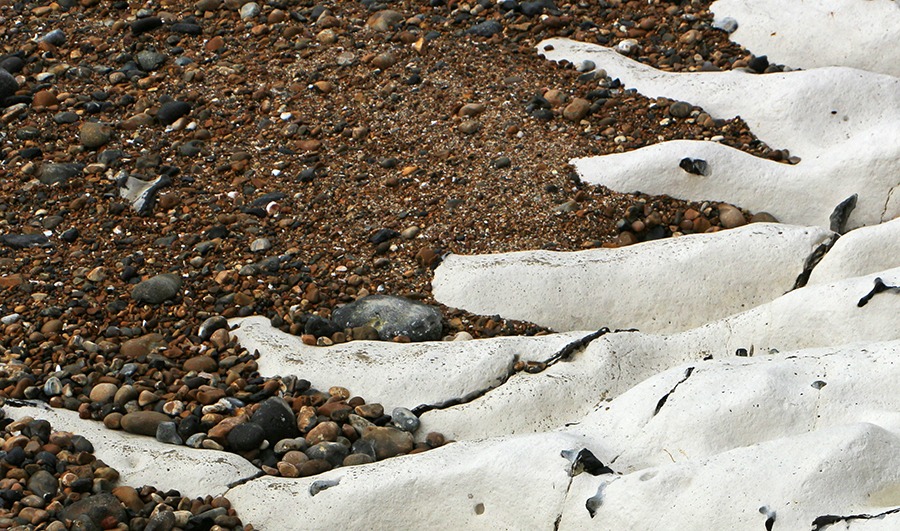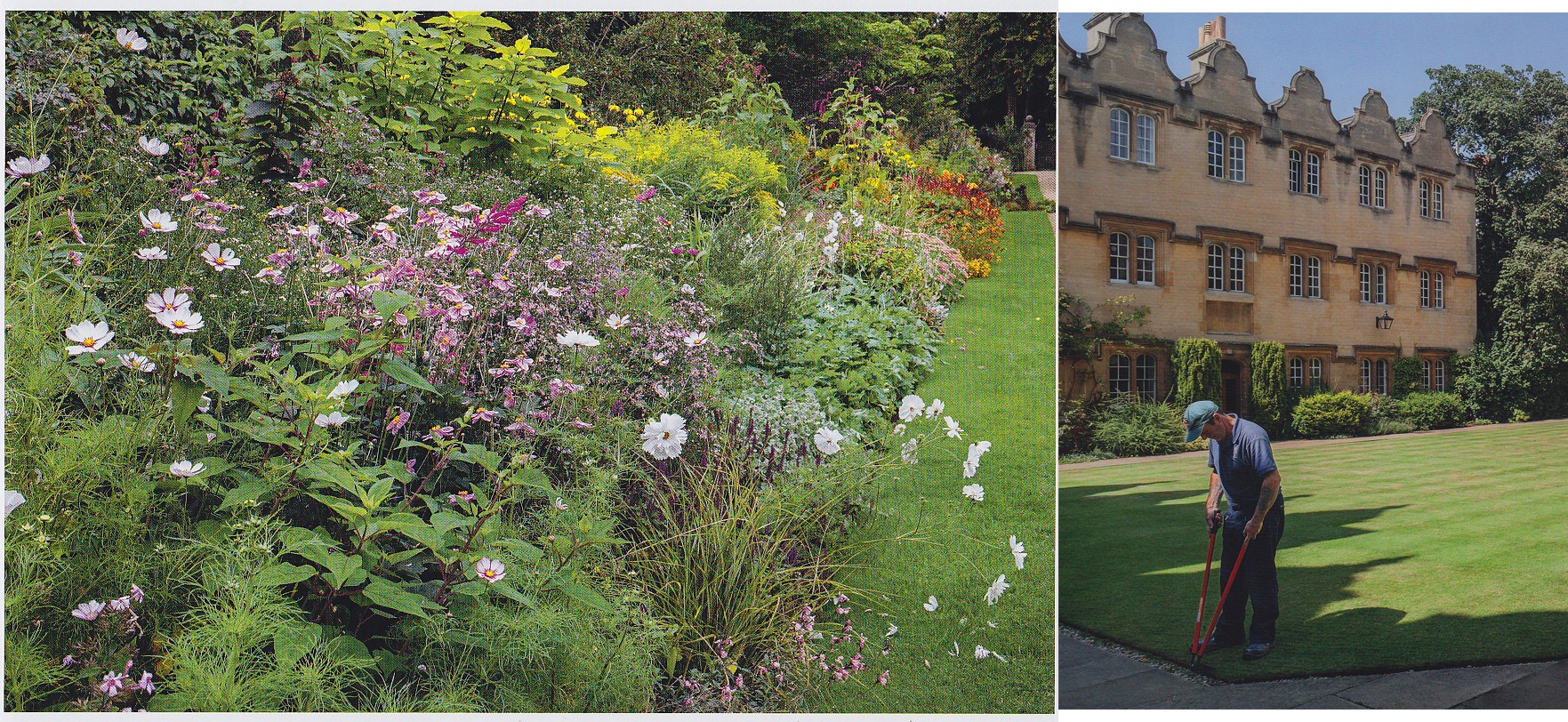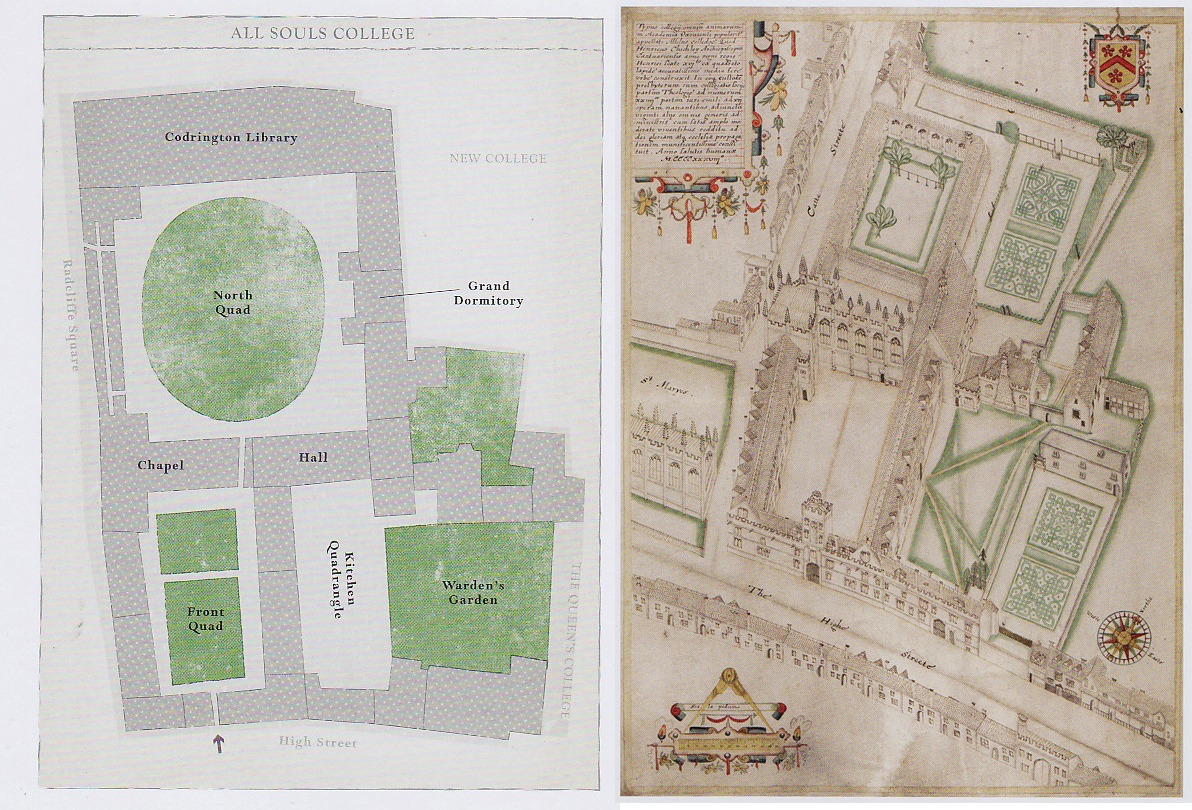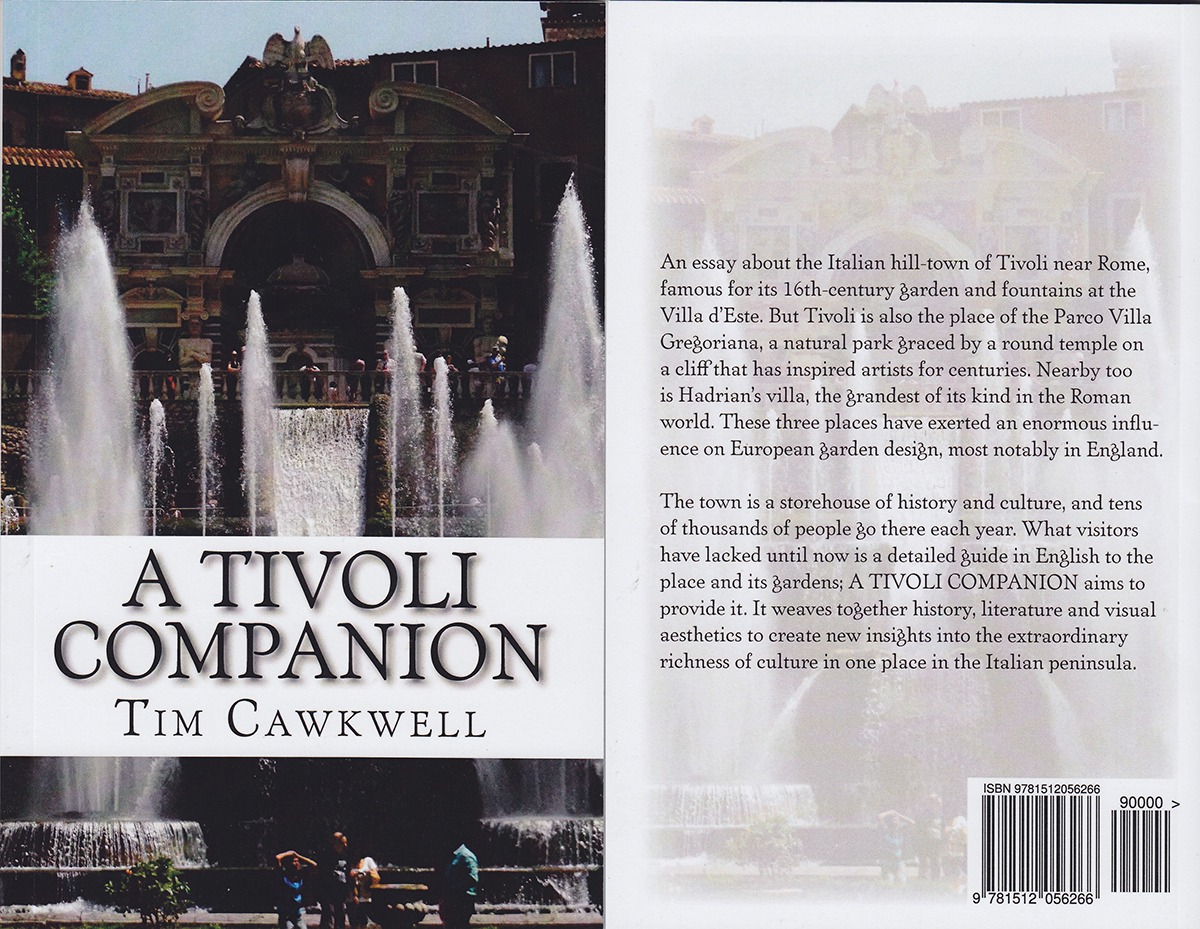The Italian Lakes are a fantastic place for gardens, comparable with Kashmir. They have great scenery, wonderful light, a terrific climate and extremely wealthy residents who have been building luxurious villas and gardens since Roman times. Though only a small proportion of the total, many villas and gardens are open for visits. Even better, you can travel to them by public ferries, which is so much better than driving long distances on exhausting roads. The book describes 17 gardens.
Of its type, this is a very good book. Readable, well-illustrated and and informative. If you are wondering about a visit to the gardens of the Italian lakes, this is the book to buy. The last chapter has maps and details of garden opening times ‘at the time of writing’. Garden owners do tend to be conservative about opening times but, in case they change, you can find links to the the garden websites below.
But what type of book is this? More than anything, it puts me in mind of a set of articles which might have been written for a glossy magazine. Steven Desmond, the author, ‘is a gardener’ who leads garden tours and ‘advises on the conservation of historic gardens and writes for Country Life.’
He is good on general chit-chat and sets the gardens in the context of the personalities and historical contexts in which the gardens were formed. The plants and planting are very well handled, picking out notable examples but keeping horticulture in balance with other considerations.
The things I miss in the book are garden plans and an art-historical account of the styles represented in the gardens. The terms Renaissance, Mannerist, Baroque, Romantic etc are used but without any information either about their characteristics or about how they apply to gardens (see our Style Guide for further information on design styles and please contact us if you offer tours of the gardens of the Italian lakes to add to our Garden Tours section on Italy.
Gardens of the Italian Lakes by Steven Desmond was published by Frances Lincoln in May 2016
GARDEN TOUR AROUND LAKE MAGGIORE
1 . ISOLA BELLA Open from late March to late October, daily 9 a.m. to 5.30 p.m. www.isoleborromee.it/en/home/isola_bella
2. ISOLA MADRE The garden is open from late March to late October, daily 9 a.m. to 5.30 p.m. www.isoleborromee.it/en/home/isole_madre
3. VILLA TARANTO The garden is open from late March to the end of October, daily 8.30 a.m. to 6.30 p.m.; during October, the garden closes at 4 p.m. www.villataranto.it/en
4. VILLA SAN REMIGIO See http://www.visitstresa.com/Villa_San_Remigio.htm and http://en.villasanremigio.it/
5. VILLA DELLA PORTA Bozzolo The garden is open from March to November, from Wednesday to Sunday 10 am to 6 pm http://eng.fondoambiente.it/beni/villa-della-porta-bozzolo-fai-properties.asp
6. VILLA CICOGNA MAZZONI The garden is open for guided visits on Sundays and public holidays from April to October, 9.30 a.m. to 12 noon, and 2.30 p.m. to 7 p.m. www.villacicognamozzoni.it
7. VILLA PALLAVICINO The garden is open from mid-March to the end of October, daily 9 a.m. to 7 p.m., with the last entry at 5 p.m. http://www.parcozoopallavicino.it/index-en.html
8. ALPINIA The garden is open from mid-April to mid-October, daily 9.30 a.m. to 6 p.m. http://en.lagomaggiore.net/24/giardino-alpinia.htm
9. BOTANIC GARDEN OF THE BRISSAGO ISLANDS The garden is open from late March to late October, daily 9am to 6pm. http://www.isolebrissago.ch/en
GARDEN TOUR AROUND LAKE COMO
10. VILLA MELZI The garden is open from late March to the end of October, daily 9.30 a.m. to 6.30 p.m. www.giardinidivillamelzi.it
11. VILLA CARLOTTA The garden is open from early April to mid-October, daily 9 a.m. to 7.30 p.m. (the ticket office closes at 6 p.m) http://www.villacarlotta.it/
12. VILLA DEL BALBIANELLO The garden is open from mid-March to mid-November, daily except Mondays and Wednesdays, 10 a.m. to 6 p.m., with last entry at 5.15 p.m. http://eng.fondoambiente.it/beni/villa-del-balbianello-fai-properties.asp?
13. VILLA SOMMI PICENARDI The garden is open by prior arrangement www.villasommipicenardi.it/english
14. VILLA SERBELLONI Tours are available from mid-March to the end of October, daily except Mondays, at 11 a.m. and 2.30 p.m. www.bellagiolakecomo.com/bellagio-lake-como-italy I POI-points-ofinterest/villa-serbelloni-garden
15. VILLA CIPRESSI Access to the hotel garden by ticket from reception: http://www.hotelvillacipressi.it/en/
16. VILLA MONASTERO The garden is open from March to the end of October, daily 9.30 a.m. to 5 p.m. www.villamonastero.eu/index.php
17. VILLA D’ESTE The garden can be visited by arrangement with the hotel: www.villadeste.com/en/13/home.aspx

